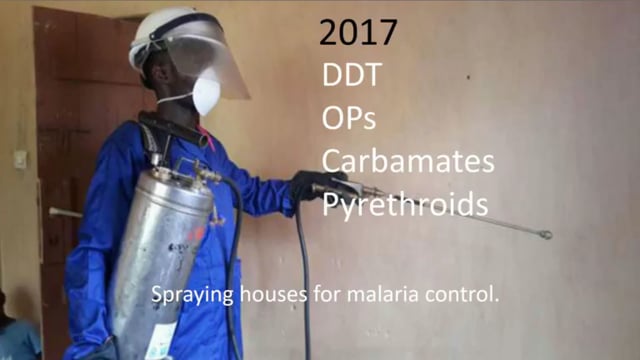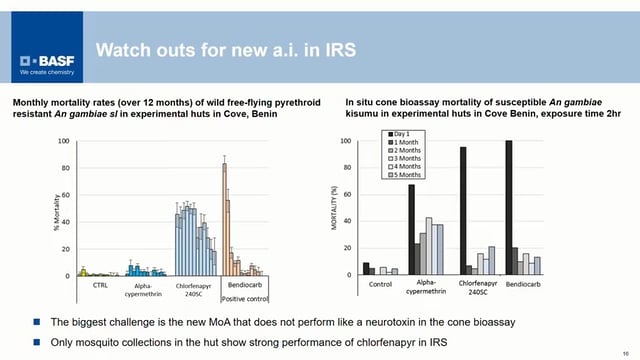ASTMH 2017: Symposium 2 “New Tools for Malaria Vector Control”
Published: 10/12/2018
This report is brought to you by the MESA Correspondents Krystal Birungi, and Krijn Paaijmans.
THEMES: THEMES: Product Development | Vector Control
MESA Correspondents bring you cutting-edge coverage from the 66th ASTMH Annual Meeting
Symposium 002: “New Tools for Malaria Vector Control”
Session 2 of the 66th annual meeting focused on new tools for malaria vector control. All the presentations strongly emphasized the need for new tools to combat issues of resistance to currently available methods, and presented exciting alternatives in development that could make a difference in the near future.
Sarah Rees from Innovative Vector Control Consortium (IVCC) in Liverpool, UK, presented IVCC’s development pipeline. IVCC is working with partners to develop a range of sustainable vector control products including novel insecticides and attractive targeted sugar baits. She shared insight into the process and challenges involved in the formulation and manufacturing of new chemical vector control products. She also mentioned Clothianidin and Chlorfenapyr, two exciting new chemicals that “begin to give us opportunities for insecticide resistance management”.
John Lucas from Sumitomo Chemical Company in Tokyo, Japan, presented Clothianidin- an exciting new vector control tool. He described the development of Clothianidin, repurposed from agricultural use for vector control. Clothianidin is a neonicotinoid, a new class of insecticide. With partners, Sumitomo developed clothianidin as an indoor residual spray (IRS) and SumiShield 50WG is now both the first vector control product to pass the new WHO prequalification for a vector control product and the “first WHO recommended new mode of action chemistry for IRS in forty years”. You can read more about WHO prequalified vector control products here.
Susanne Stutz from BASF, Germany, spoke about Second generation LLINs to control resistant mosquitoes – Interceptor G2. Their work is focused on the combination of the new active ingredient Chlorfenapyr with the existing pyrethroid alphacypermethrin to create a new generation of “dual” long lasting insecticidal nets (LLINs). Chlorfenapyr is non-neurotoxic, it disrupts energy generation in the mitochondria. Suzanne also discussed some of the experimental challenges when testing novel insecticides. Hut studies have produced promising results and a WHO recommendation is currently being sought for it.
Amir Galili from Westham Co, in Tel Aviv, Israel, presented The development of a new tool for vector control: Attractive Targeted Sugar Bait (ATSB). ATSB is an “attract and kill” method for vector control. Amir’s presentation focussed on the challenges in developing a novel tool, which doesn’t follow the mold of other types of tools. The ATSB under development comprises a combination of fruit extract and volatile semiochemicals to first attract the mosquitoes; the active ingredient Dinotefuran to kill the mosquitoes; all delivered in a flat bait-station that can be hung on a wall. Bait stations were prototyped and tested in Mali with the University of Bamako and support from IVCC.
This blog was written by Krystal Birungi and Krijn Paaijmans with editorial support from the MESA team. It is cross-posted on Malaria World. The videos have been made available to all through a collaboration between ASTMH, AV Images, and MESA.
Published: 10/12/2018
This report is brought to you by the MESA Correspondents Krystal Birungi, and Krijn Paaijmans.
THEMES: Product Development | Vector Control


